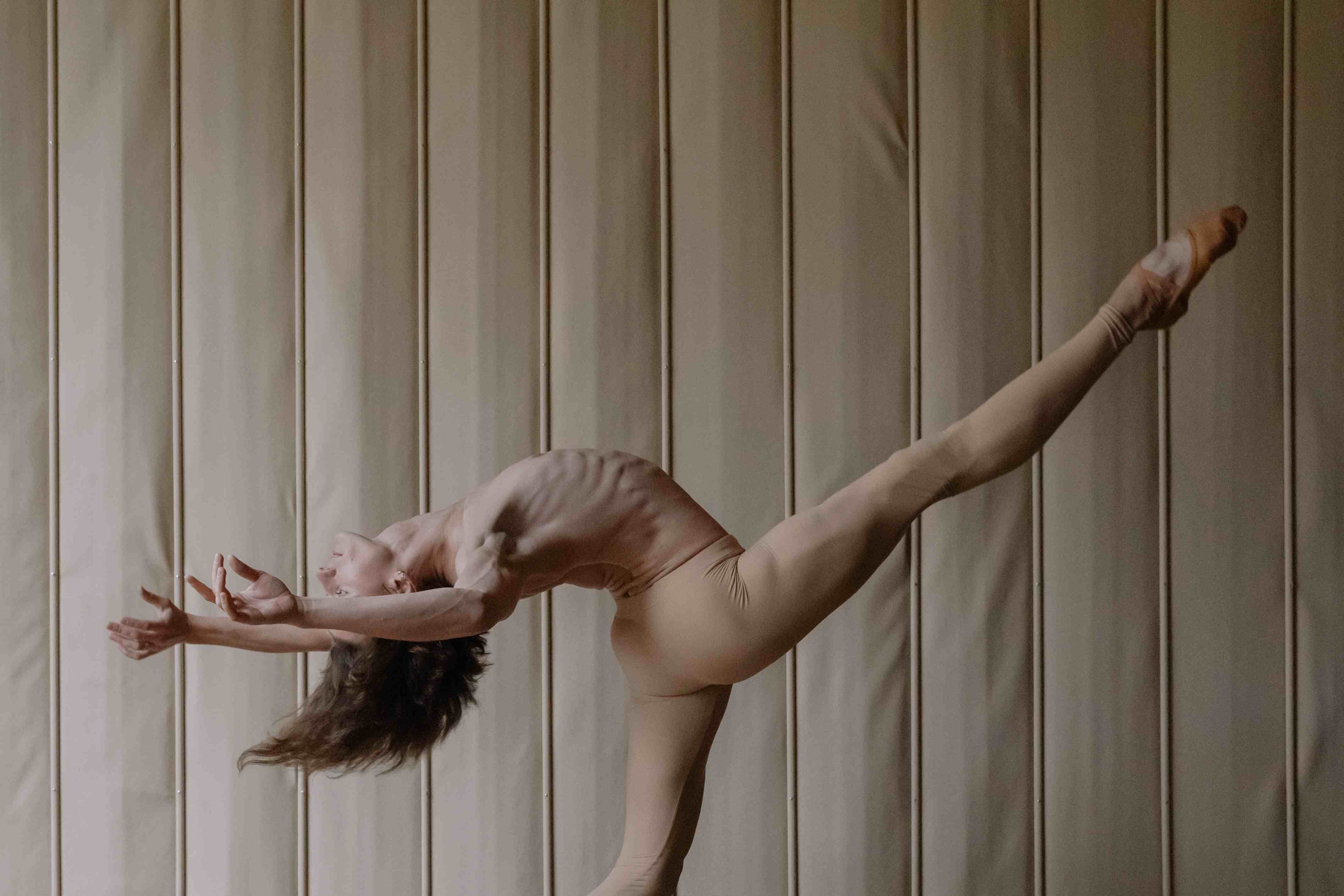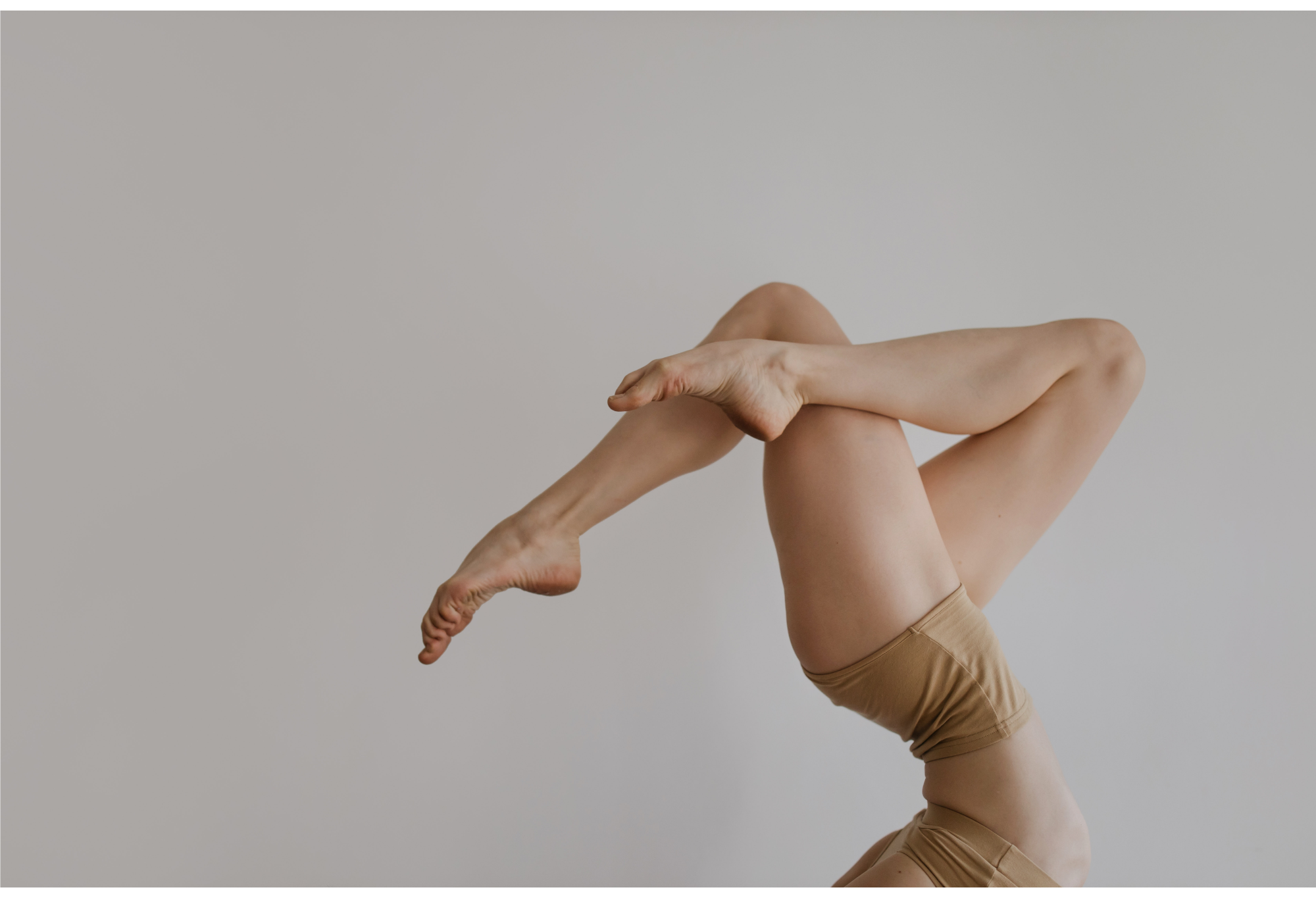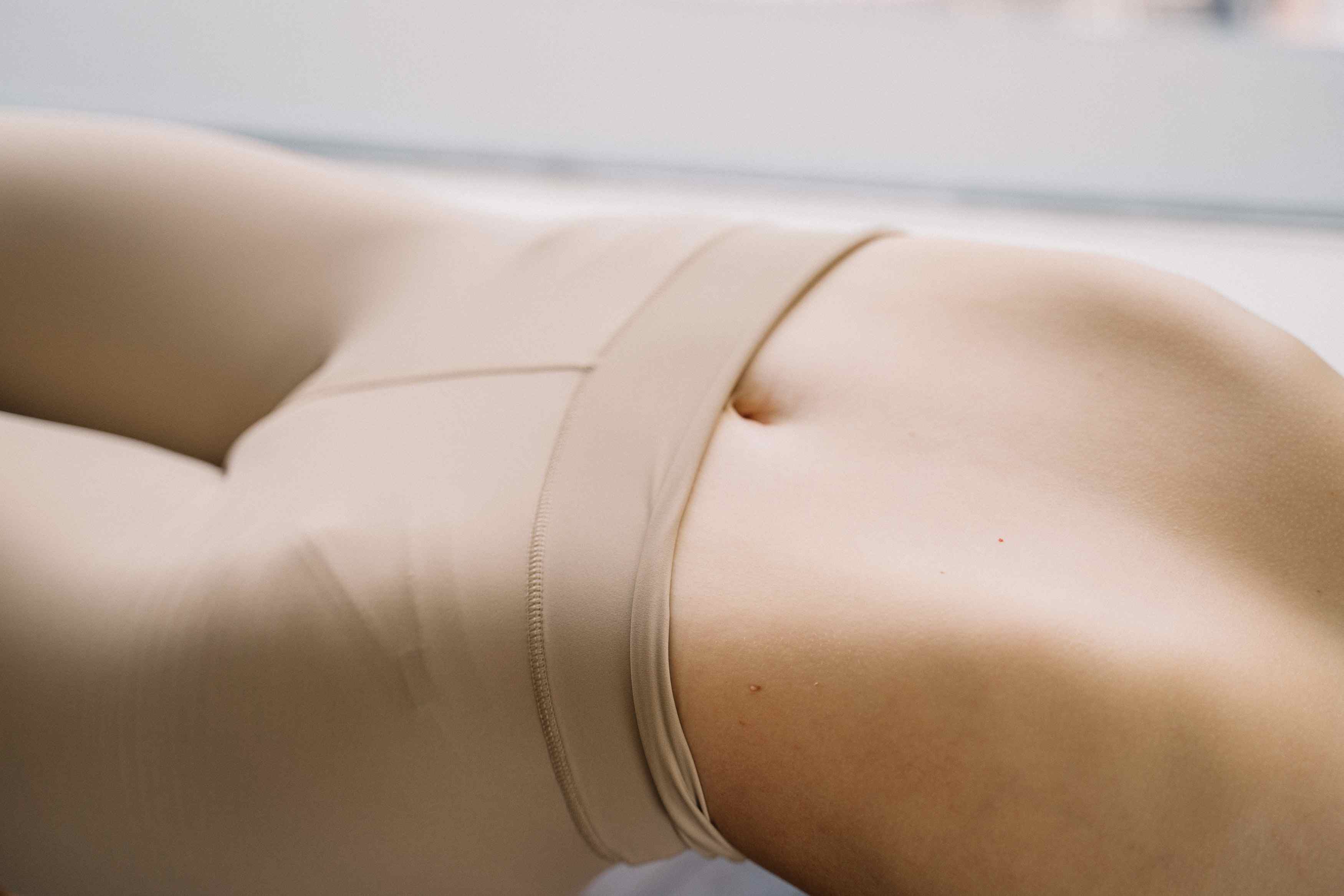
THE CRUCIAL ROLE OF FASCIA FOR YOUR FLEXIBILITY (PART 2)
Since we covered the fundamentals of the fascia in PART 1 of this series, we can now examine specific movements and practices to help you maintain a healthy, hydrated and flexible fascia. To understand what type of movements benefit our fascia, we must first understand a phenomenon called the 'catapult effect'. Have you ever wondered what gives kangaroos the ability to perform their amazing jumps? Studies have shown that their legs' tendons and fascia are tensioned like elastic rubber bands, and those jumps are possible by releasing this stored energy. Why is this relevant? It turns out that the fasciae of humans have a similar energy storage capacity to those of kangaroos.
Adequate fascial training stimulates fascial components to lay down a youthful and organised fibre architecture with an improved elastic storage capacity. Without movements promoting healthy fascial tissue, the collagen network would otherwise become more and more multidirectional and disorganised with ageing. A healthy fascial collagen structure can be achieved by performing movements that load the fascial tissue over multiple extension ranges while using its elastic spring force [3].
So, how do you do this? We will explain each key practice to help you stimulate the fascia in the right ways.

PREPARATORY COUNTER-MOVEMENT
A key aspect of working with your fascia relies on implementing a preparatory counter-movement before a stretch, which is specifically related to the catapult effect of fascial tissue. Start with a slight pre-tensioning in the opposite direction before the actual movement is performed, similar to using a bow to shoot arrows. The fascia is stimulated in the opposite direction, just as an arrow needs sufficient tension in a bow to reach its target. This pre-movement ensures that the individual is not relying on muscle work but rather on the stored energy of the fascia. For example, when stretching the hip flexors, a brief backward movement could be introduced before dynamically lengthening and stretching forwards [3].
FLUID MOVEMENTS AND THE 'NINJA EFFECT'
Secondly, one must do more fluid stretches instead of waiting motionless in static stretching positions. Utilising both fast and more rapid but fluid stretching styles is advised. These fluid, at times dynamic movements are known as the 'ninja effect' because of how the legendary Japanese warriors move, silent as cats while leaving no trace. Pay special attention to executing each movement as smoothly and softly as possible when performing bouncy motions such as running, hopping and dancing [3,4].
SWINGING AND MINI-BOUNCES
Although most traditional training styles are not taking the fascia sufficiently into account, Pilates, yoga, and martial arts—to mention a few—are well ahead of the curve and include many fascia-related stretching and motion to their art. To stimulate the organised structure of tendinous tissue, more dynamically swinging stretch movements are recommended, similar to the elegant and fluid extensional movements of rhythmic gymnasts. The same tissue can also be targeted by muscular activation (e.g., against resistance) in a lengthened position, similar to how a cat sometimes enjoys pulling his front claws towards the trunk when stretching.
Finally, so-called 'mini-bounces' can be employed as soft and playful explorations in the lengthened stretch position. This dynamic, fast-stretching style can be combined with a preparatory counter-movement as described above [3].

VARYING STYLES AND ANGLES TO PRESERVE RANGE OF MOTION
In addition, varying stretching styles, including slow passive stretches at different angles and more dynamic stretches, is recommended to promote flexibility between distinct fascial layers and prevent limitation of range of motion, which is normally associated with ageing.
Finally, it is advised to practice multidirectional movements, taking advantage of slight changes in angle. This includes variations in lateral or diagonal movements as well as spiral rotations. In this method, large areas of the fascial network are simultaneously involved. Regarding the frequency in which this type of exercise should be included, research has shown that only a few minutes, once or twice per week, is sufficient for collagen remodelling as explained in PART 1[2].

HYDRATION: FOAM ROLLING AND STRATEGIC PAUSES
During mechanical load application—whether while holding a stretch or by applying local compression—a significant amount of water is pushed out of the more stressed zones, similar to when you squeeze a sponge. With the following release, this area is again filled with new fluid from surrounding tissue and the local vascular network. Using foam rollers or similar materials can efficiently induce localised sponge-like temporary tissue dehydration with the following renewed hydration. However, the firmness of the roller and the application of the body weight should be monitored for appropriate results. If properly applied and including very slow and finely tuned directional changes, the tissue forces and potential benefits could be similar to those of manual myofascial release treatment [1].
In modern running training, frequently interrupting the running with short walking intervals will benefit your fascia. The reason is quite interesting but rather logical. Under strain, fluid is pressed out of the fascial tissue. Consequently, its elastic and springy resilience slowly decreases. Short walking pauses of 1 to 3 minutes serve to partly rehydrate the tissue, allowing it to take up nourishing fluid. For an average beginning runner, such rehydration breaks may be best every 10 min. In contrast, more advanced runners with developed body awareness can adjust the optimal timing and duration of those breaks based on the presence (or lack) of that youthful and dynamic rebound. If the running movement begins to feel and look more dampened and less springy, it is likely time for a short pause.
This cyclic training, with periods of intense effort combined with purposeful breaks, can subsequently be recommended for optimal fascia training. Little by little, learn to pay attention to the dynamic properties of your fascial 'bodysuit' while exercising and adjust the exercises based on your new body awareness [3].

OTHER IMPORTANT FACTORS
Eating well and leading a healthy lifestyle can create an environment that reduces inflammation and promotes collagen renewal in our bodies. This renewal process is influenced by growth hormones released during deep sleep and after challenging exercises. These factors play a crucial role in enhancing the effects of fascia training [4]. Read our article, THE FLEXIBILITY DIET, for diet tips to help maintain a healthy fascia.

BOTTOM LINE
In conclusion, stretching your fascia is essential for maintaining a healthy, flexible, and youthful body. Understanding the 'catapult effect' and implementing preparatory counter-movements before stretching can help harness the energy-storing capacity of the fascia. Fluid movements, swinging, mini-bounces, and varying stretching styles all contribute to the effective training of the fascial network. Training should be consistent; only a few minutes of appropriate exercises performed once or twice per week can induce fascial collagen remodelling. The related renewal process will take between 6 months and two years, yielding a flexible and resilient collagenous network. Additionally, keeping tissue hydrated through foam rolling and strategic pauses during exercise can promote fascia renewal and resilience. Finally, combining proper nutrition and a healthy lifestyle with fascia training will produce optimal results for a more agile and flexible you.














Leave a comment
This site is protected by hCaptcha and the hCaptcha Privacy Policy and Terms of Service apply.